QuestionHello I have a bearded dragon. he is 4 inches, and looks healthy. The temmeratures in the cage are 1102, 85, and 75. I have a repta sun uvb 10. I dust the crickets with calcium, and make sure that they are smaller than the space in between his eyes. His cage has 3 levels. one his baksing rock, second is his play area(the bigest) and the bottom(were he usally sleeps). I have repta sand as his ground.
The problem is that, He is always sleeping(or he just has his eyes shut). He only eats a few crickets a day, and does not seem to be that active. The odd day, when he has not eaten a while, he will go nuts when the food comes, and will eat alot(5-8 crickets). He always goes to bed an hour befor the lights go out(7:30) and if I don't pick him up and put him on the basking rock he will sleep all day.(he wakes or is suposed to, at 7:15). His poo is not runny, and he goes once or more a day. I can't take him to the vet, to get him checked up on. this is a shame.
What should I do? Any help would be greatly usefull:)
Kevin
AnswerHi Kevin,
You don't day how old your beardie is but, if he is less than about 4 wks old, he is small for his age, which says either poor breeding or he has a problem that a vet is needed for. Chances are, he has internal parasites that a vet needs to diagnose and treat.
The following paragraph is copied from the site http://www.dachiu.com/care/abeard.html
"Hatchlings are approximately 3 to 4 inches in length (head to tail) and should be 5-6 inches at the end of their first month. By the end of their second month, they should be at least 6-7 inches in length with considerable more body weight. We have found that with proper care and a little luck, dragons can reach 9 inches within 2 months, with the average being 8 inches. From 2 - 6 months, we have found the average growth rate to be approximately 1/2 inch a week, with some weeks being 1 inch or more to 1/4 inch or less"
If only one eye is closed, he isn't sleeping.
How long have you had him? They have an adjustment period when going to a new home.
How big is your tank? If its less than a 20 gallon its impossible to get the correct temperature ranges they need.
You also don't mention if he is eating his greens, or if you are even offering him greens...if he isn't being fed greens, then I would again say a not up to date breeder or a bad pet store was where he was purchased as that greens are a MAJOR part of their diet.
Is that a heat rock that you mean he is laying on? They are deadly to reptiles as reptiles can't feel that heat in their bellies and the heat rocks can and do malfunction and over heat causing severe burns..and death.
Sand should not be used in a baby beardies cage as there is a huge chance of the dragon becoming impacted (blocked) from eating the sand. Even many adults should not have sand, in their tanks...never use the calci sand as it is the worst. Please see more info in the care sheet below.
Its not unusual for them to go to sleep before their lights go out, especially if they can see outside and its dark outside.
5-8 crickets aren't really very many, especially if they are of a small size. He should be eating some where in the area of 20-60 small crickets a day.
When we own reptiles we have to find ways to get them to a vet. As with all pets there comes a time when they need a vet. Its part of owning any animal.
Here is information on more of the correct care a beardie needs..
If you see something that you are not doing properly, please correct it and hopefully it will get your beardie eating more as he should be...if he doesn't then he does need a trip to the vet, or at least a fecal sample taken in to the vet to test for parasites. The vet will most likely want to see the beardie to weigh him for the proper dosage of medication.
BASIC BEARDED DRAGON CARE:
HOUSING:
For an adult bearded Dragon, a 50 -55 gallon is the smallest recommended tank. For a baby, nothing less than a 30 gallon tank will work for a very short time, so its best to just start out with the adult sized tank....you can add rocks and branches for climbing, being sure to not stack rocks too high to prevent them toppling over. Branches need to be secure. They like to have a hide log or cave too!! All items brought from outside need to be cleaned well before placing them in the BD's tank. To clean them, there are a few methods: to wash in a bleach solution of 1/4 cup of bleach to 1 gallon of water. Let them soak for about an hour, rinse them in hot water several times and then let them dry in the sun until completely dry. If the items are small enough, they can be baked in an over at 200 degrees for about 2 hours, check often to be sure they are not starting to burn. The items can also be boiled(simmered) for 30 minutes or so and then allowed to dry completely before
placing in the tank. I also suggest washing any pet store items such as caves, rocks, branches, etc before placing in the tank as that if the store would happen to have mites they can also be on the items we purchase. Any of the above methods are acceptable for cleaning. CAUTION!!! On store bought branches...be VERY careful with the driftwood pieces that have the holes in them!!! Be sure the holes are small as that if the holes are large, the BD MAY be able to get his head in them but not able to get it back out!!! A secure screen top is necessary for bearded dragons as that also they do not require much height for climbing..they can and do climb!! NEVER USE HEAT ROCKS OR HEATED CAVES!!! They malfunction and cause severe burns and even death!!!!
SUBSTRATES:
Young bearded dragons MUST be kept on paper towels, newspaper or other non particulate(loose) substrate to prevent them from getting any loose substrate into their mouth and swallowing it which can and does cause intestinal blockages.Once the BD is over 10 inches, some people have had good luck using play sand mixed with 50% of peat moss. I prefer the safe substrate of the newspaper, or other non particulate substrate to prevent any problems and also for ease of cleaning.
LIGHTING:
BD's need UVB, which is the special lights that come in fluorescent tubes or special screw in bulbs
(mercury vapor)that are designed to produce uvb and heat. The tubes do not produce heat. UVB is needed by the BD
to be able to absorb the calcium in the foods they eat. Without the uvb, they will develop metabolic bone disease.
With the tubes, they must say that they produce BOTH uvb and uva. The uvb needs to be 5% or higher. Repti Sun 5.0 and 10.0(not compact) are TWO of the best uvb tubes on the market. The repti glo 8.0's are a great uvb source also. Arcadia 5.0 (UK), which is the uvb tube available in the UK is a good uvb tube. These need to be positioned 6-8 inches(for the 5.0 and 8.0 and 8-10 inches for the 10.0) over the BD so that they get the uvb that is needed. Recommended length of the tube is 24 inches or more. They need to be replaced every 6-9 months as that they stop producing uvb long before they stop producing light. They need to have access to uvb and basking temperatures for 10-12 hours daily. At night, no white lights!!! There has been new studies that have proven that compact uvb lights, both the spiral/coil type and the ones that look like long "U's" laying on their side and a few other brands are causing what basically amounts to snow blindness in reptiles. To read more on
this, you can go to
http://www.uvguide.co.uk/index.htm Here is a link to a letter from RZilla on their product: http://www.zilla-rules.com/assets/006/13278.pdf
There are tubes and bulbs that say ''full spectrum'' but they do not produce any uvb.
On the mercury vapor , they also produce heat. They also produce the uvb and uva. The best on the market now are the
MEGA RAY or the T-Rex. www.reptileuv.com has more information on the Mega Ray lights. When using these, the distance is much greater than the uvb tubes and the directions must be followed that are listed for the light. When using the mercury vapor lights, you don't need to have one light for uvb and one for heat. The Mercury vapor lights provide both.
HEATING AND TEMPERATURES:
Bearded Dragons have specific temperature requirements. For heat when using the uvb producing fluorescent tubes, a regular household lightbulb will work for DAYTIME heat. The wattage needed will vary to each situation such as tank size, room temperatures, air flow. Their basking area temperature must be between 95F and 105F degrees to allow proper digestion of food. Your basking area must be where the uvb light is as well as the heat source. Be sure that the BD cannot get too close to the heat source as that they WILL get burned! The ambient temperature range in the mid 80's . Cool daytime range of normal room temperature of low to mid 70's. Nighttime temperatures in the low to mid 60's is fine. NEVER USE HEAT ROCKS!!!!!!!!!!!!!!!!!!!!! A good digital thermometer is a must. I like using the duel ones with the probe...cost about 15$ at Wal Mart. The probe can be placed in the basking area at the BD's level to monitor this temperature and the main unit can be pla
ced in one of the ambient temperature areas. When reading them, the "out" reading is the probe area.
DIET:
Bearded Dragons eat and need both animal proteins and vegetable matter!!! As young dragons they eat a bit more of the insects. As they get older, as adults their diet is more of the vegetable matter. As young BDs, the diet is about 80% animal proteins and 20% vegetable matter. As they get older, the ratio changes. An adult will eat about 80%-90% vegetable matter and 10-20% animal proteins.
Animal protein sources are: Crickets, superworms, silkworms, roaches, hornworms, waxworms. Waxworms are considered candy to a BD so only feed on occasion in a small amount(2-3 worms). ALL insects must be properly gutloaded for at least 48 hours prior to feeding to the dragon. For crickets and superworms, this can be done with vegetables, plain cereals and commercial foods for the species. Silkworms and the other insects have their own diet needs. Its best to feed the crickets in a separate feeding tank such as a 10 or 20 gallon size tank or container with a well vented lid. This can make it easier for the dragon to catch the crickets and prevents any stray crickets in their "home" tank from deciding to nibble on the BD if he happens to not find them all. If you do feed in his home tank, be sure to place a 1/2 potato in the tank to help prevent the crickets from biting at the BD. ALL insects fed must be no larger than the space between their eyes to prevent choking. Be
sure to dust the insects daily(for dragons up to 14-15 inches) (2x wkly there after)with a good calcium source such as Rep Cal calcium powder with no added Phosphorus. Young BD's up to 4 months of age will eat more crickets than anything. At this age they will usually consume anywhere from 10 to 30+ correctly sized crickets three times a day. Be sure to remove any uneaten crickets that are not consumed in a 15-25 minute time frame. For this reason, its easier to use a separate feeding tank for the bearded dragon. A 10 gallon tank(with a screen top) works well. Its best to offer their "salad" of greens/veggies before offering their morning insect feeding when they are hungry to prevent any problems with them preferring NOT to eat their salad. Their salad consists of Collard greens, mustard greens, turnip greens, dandelion greens...... this is the BASE of the green part of their vegetable diet. To this, for variety you can add arugula, escarole, endive,small amounts of
bok choy or other Asian greens. For the vegetable part of the diet, green beans, butternut squash, acorn squash(other winter squashes are also acceptable) yams, sweet potato. For color, sweet peppers can also be added in a small amount. For baby BD's, using a food processor for the greens and veggies works well. As they get older, greens should never be larger than about an inch x an inch in size. Never feed lettuces as they have no nutritional value. The hard veggies should be either food processed or grated. Fruits can also be offered in small amounts. Good fruits are figs, papaya, melon, blueberries, strawberries, raspberries....and many other fruits... these need to be mashed or chopped. Watermelon is a good source of water for the dragon. Their salad can be dusted once or at the most, twice a month with a good vitamin supplement such as RepCal HerptiVit. This is by no means a complete list of foods the dragons can eat.
You can also offer baby food chicken or small bits of boiled chicken.
Be sure to provide a dish of FRESH drinking water at ALL times!!! Misting their salad will also help get much needed water into them. NEVER FEED any MICE or other mammals to your Dragon!!!
WATER:
As stated above, always provide a dish of drinking water and mist their salad. You can also bathe your dragon a few times a week. (many bathe them daily for "bathroom duties") Temperature of the water should be between 85 and 95 degrees. The depth should never be any deeper than to cover his back when laying FLAT!!! Never leave them unattended at bath time to prevent possible drowning. Many love to soak and swim for 15 minutes or more. Never bathe less than two hours before his basking lights go out. Doing so can cause him to become too chilled, risking the chance of a respiratory infection.
A vet check up is recommended and a fecal sample taken in to be tested for any internal parasites.... To find a qualified vet in your area you can go to
http://www.anapsid.org/vets
http://www.herpvetconnection.com
http://www.arav.org/ECOMARAV/timssnet/amm/tnt_mdsearch.cfm
More in-depth care info can be found at:
http://www.bio.miami.edu/ktosney/file/BDcare.html
http://www.sundialreptile.com/care%20sheet--bearded%20dragon.htm
http://www.blackninjakitty.com/herps/dragons
Most bearded dragons will take long naps (generally,if they are over a yr) in the fall.. this is called Brumation. is a form of hibernation. You can read more about that at http://www.bio.miami.edu/ktosney/file/BDbrumate.html

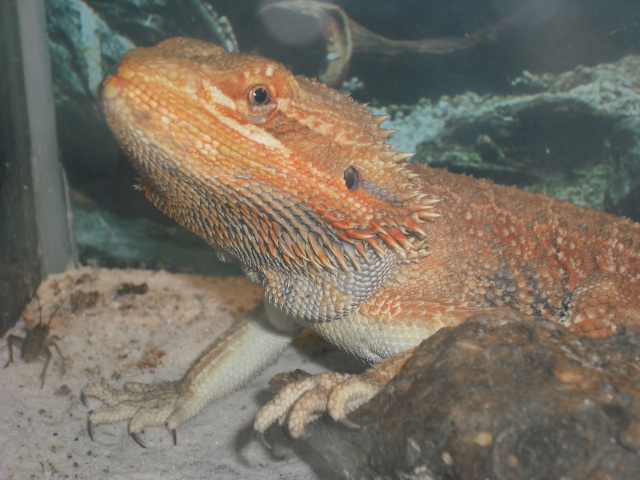 My 10month (roughly) bearded dragon
Question
Tank(his/her name)lol
Hi there my dragon has n
My 10month (roughly) bearded dragon
Question
Tank(his/her name)lol
Hi there my dragon has n
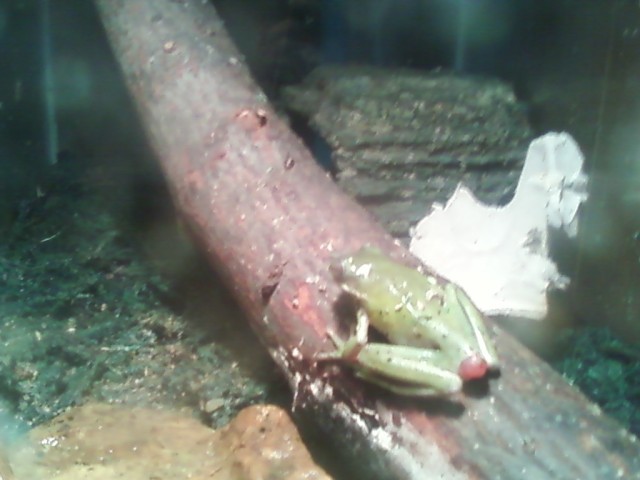 Whats wrong??
Question
Bump thing...
I have a tank full of Barking Tr
Whats wrong??
Question
Bump thing...
I have a tank full of Barking Tr
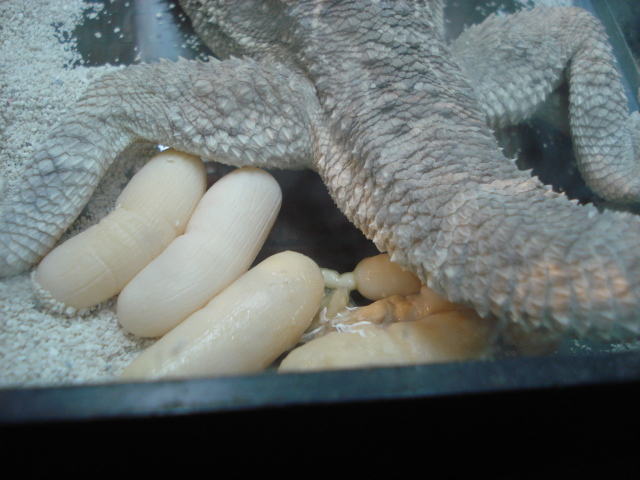 Determining whether eggs are fertile
QuestionLizzie eggs
QUESTION: We have a female b
Determining whether eggs are fertile
QuestionLizzie eggs
QUESTION: We have a female b
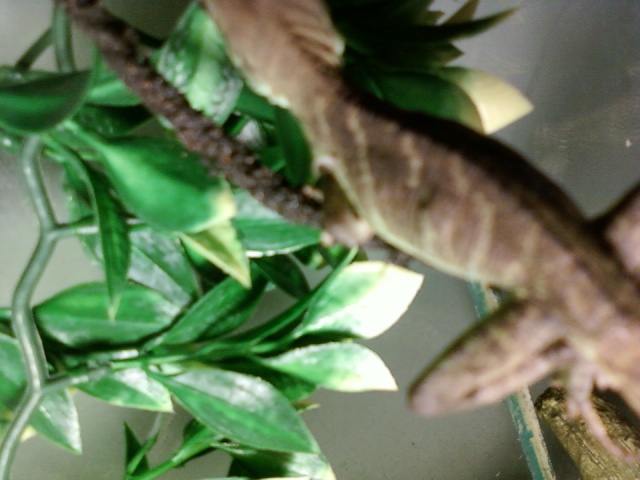 Chinese Water Dragon Broken Rib??
Question
Side Lump
Hi,
My fiance and I have a chinese w
Chinese Water Dragon Broken Rib??
Question
Side Lump
Hi,
My fiance and I have a chinese w
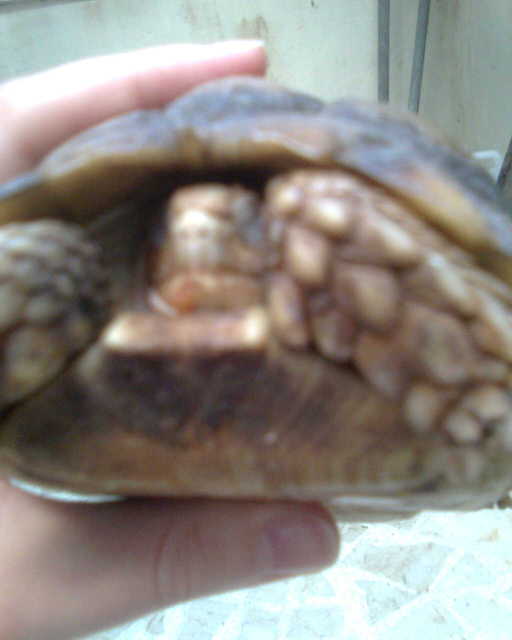 tortoise is sick
Questiontortoise
QUESTION: hi im a 23 year old f
tortoise is sick
Questiontortoise
QUESTION: hi im a 23 year old f